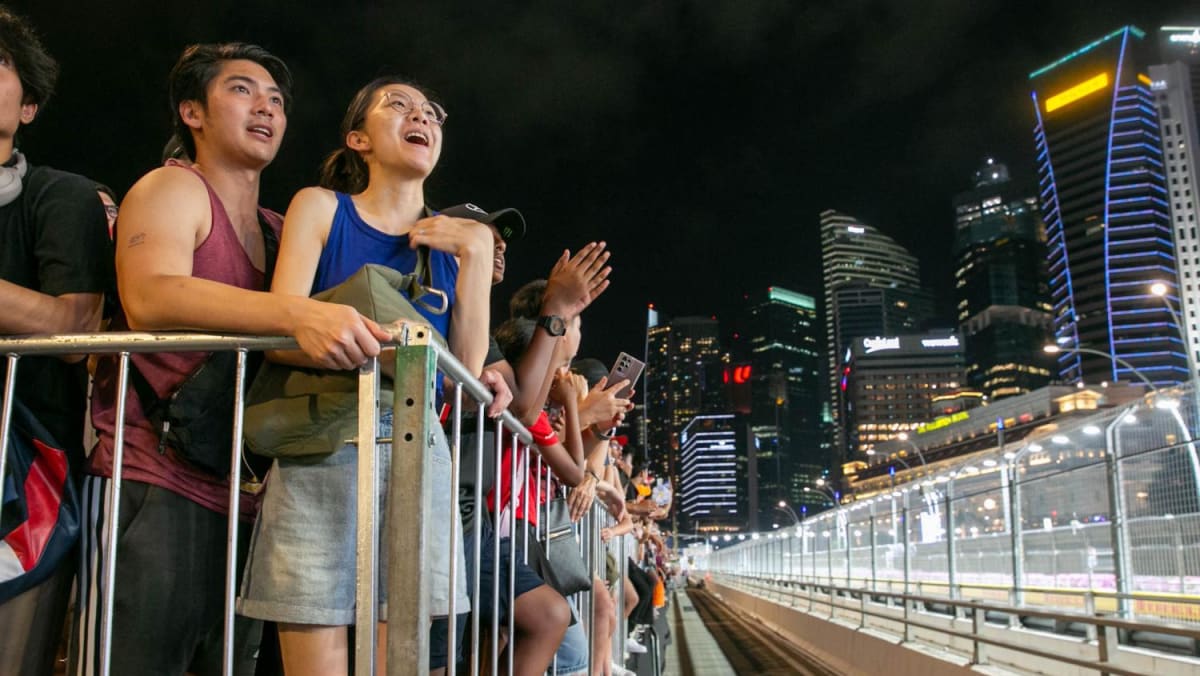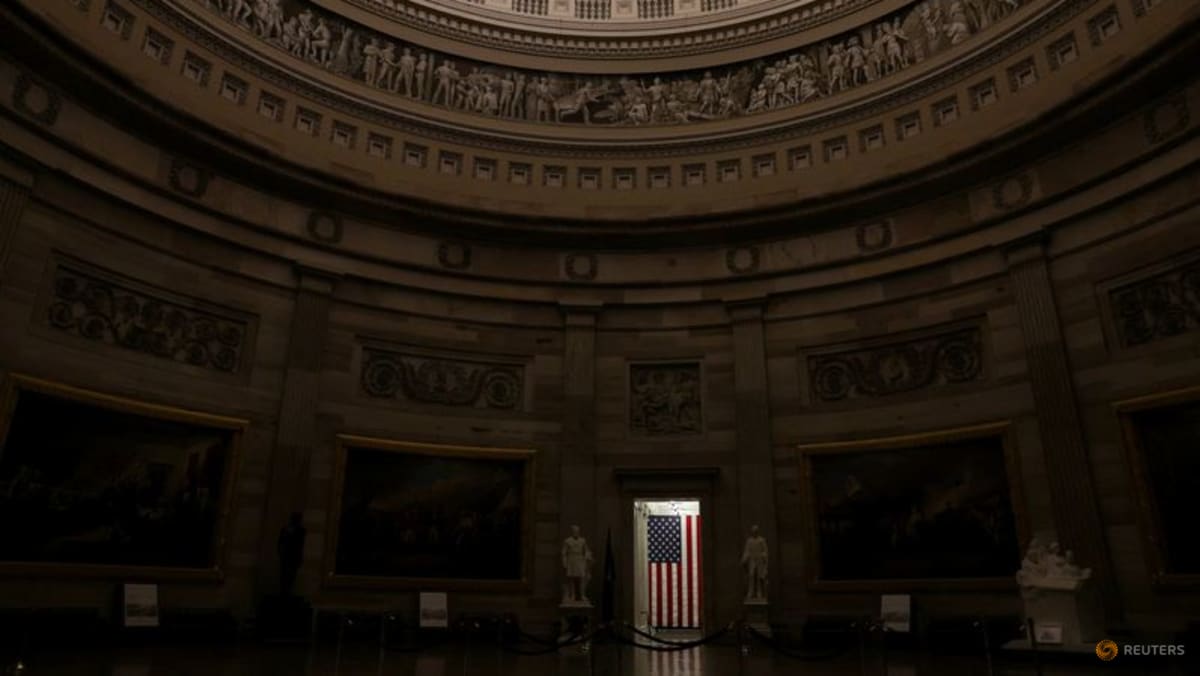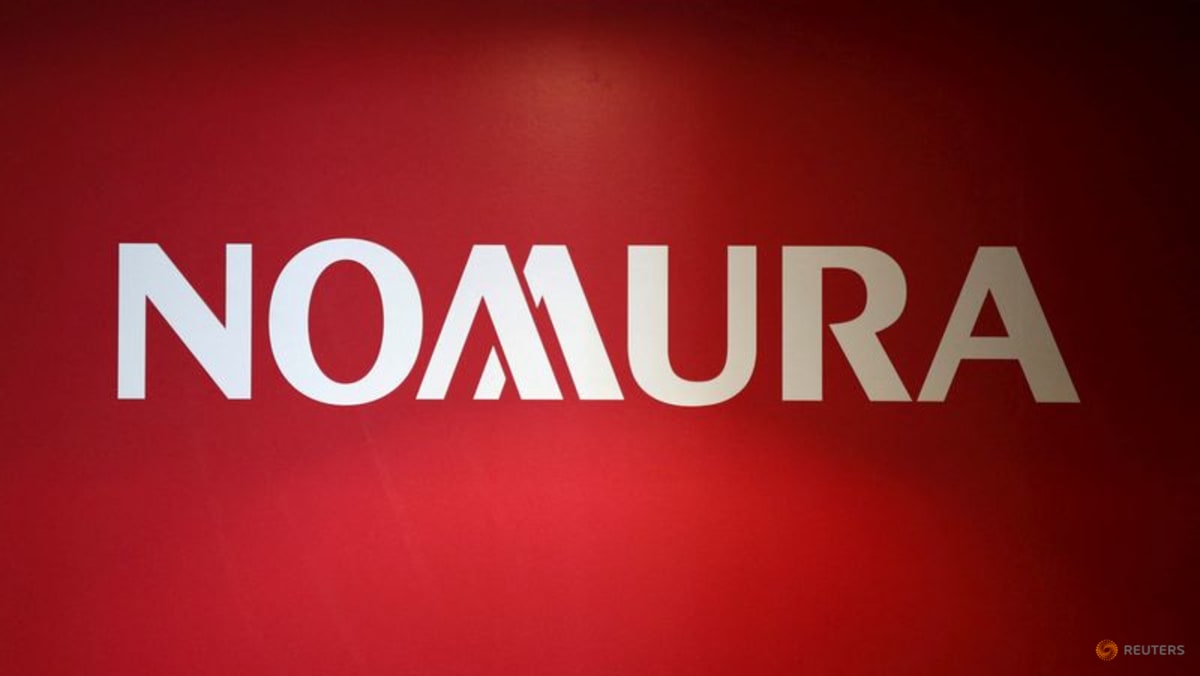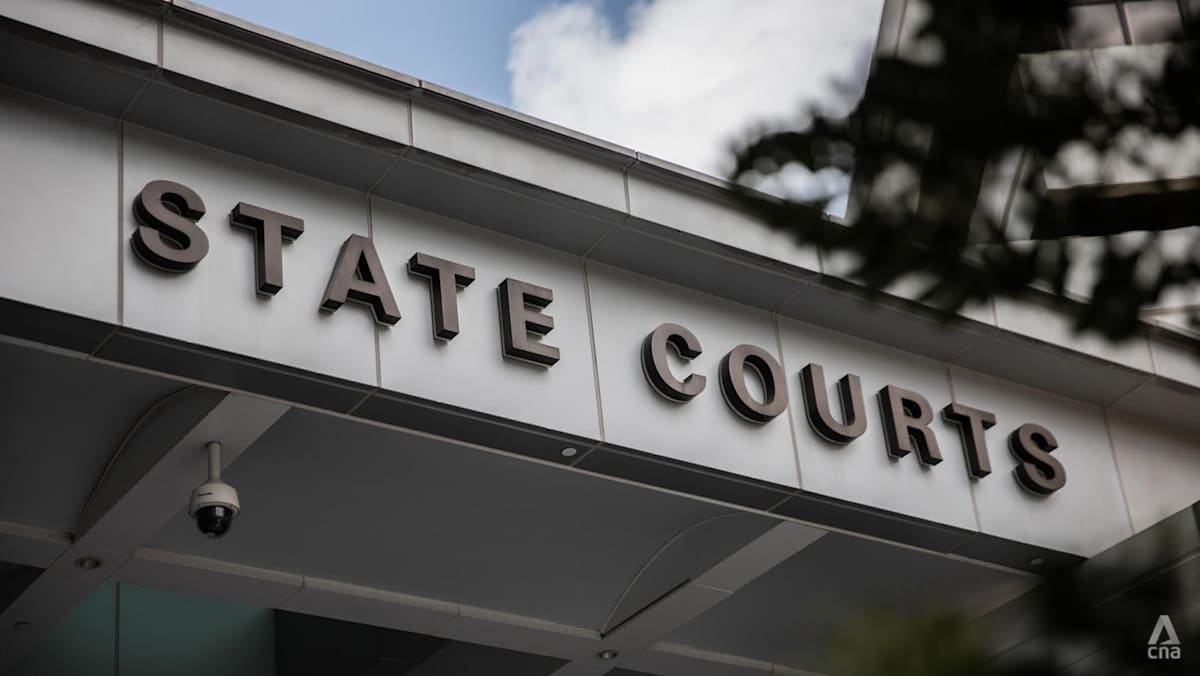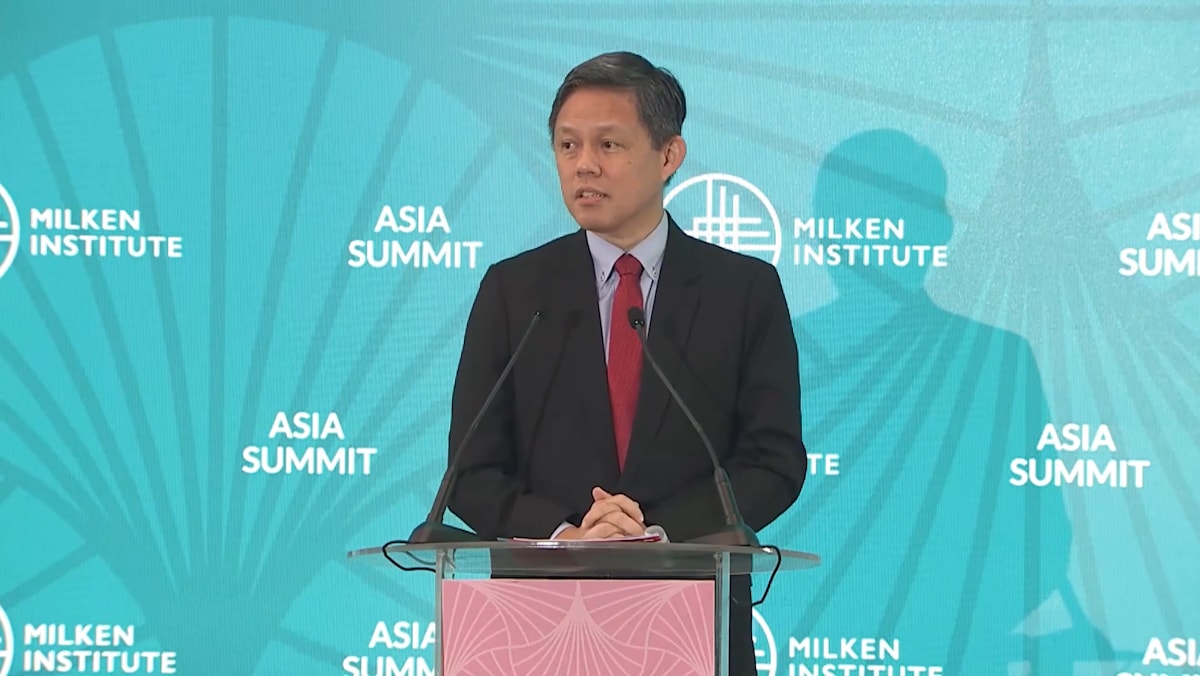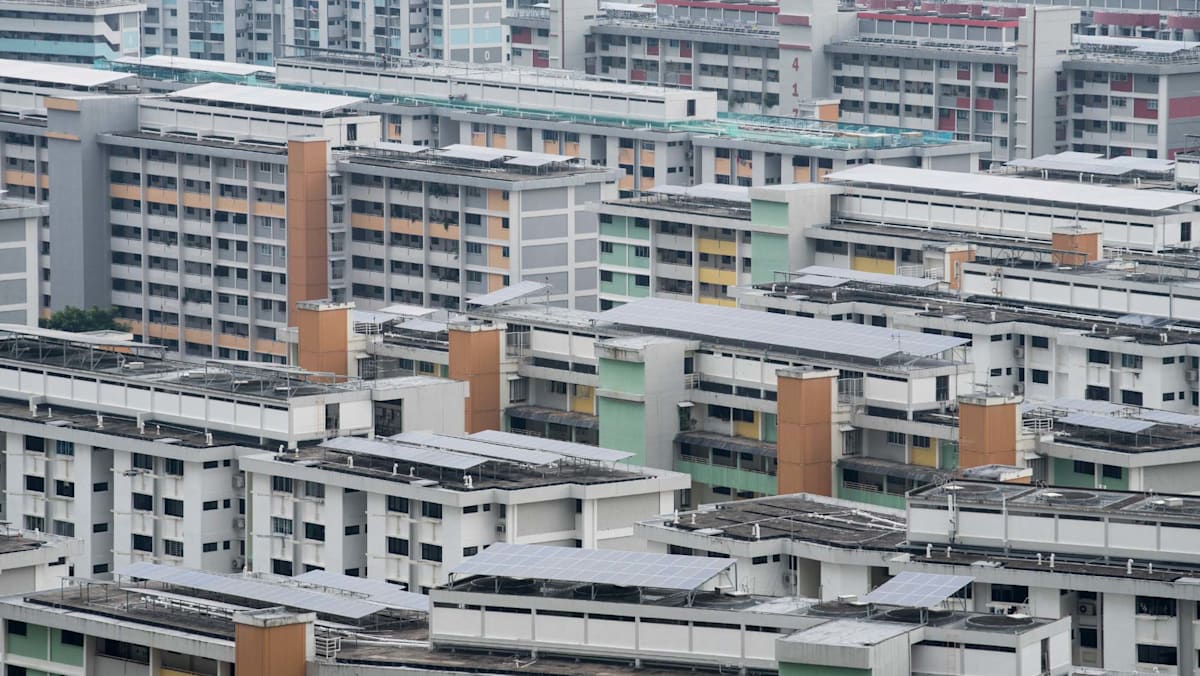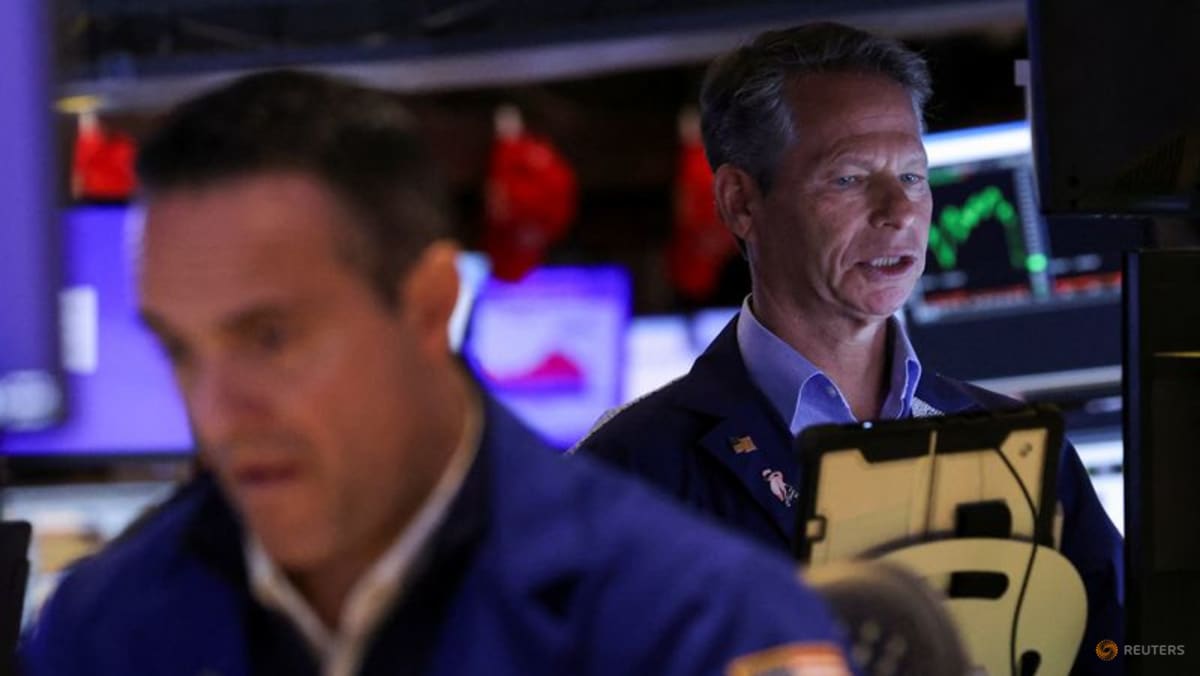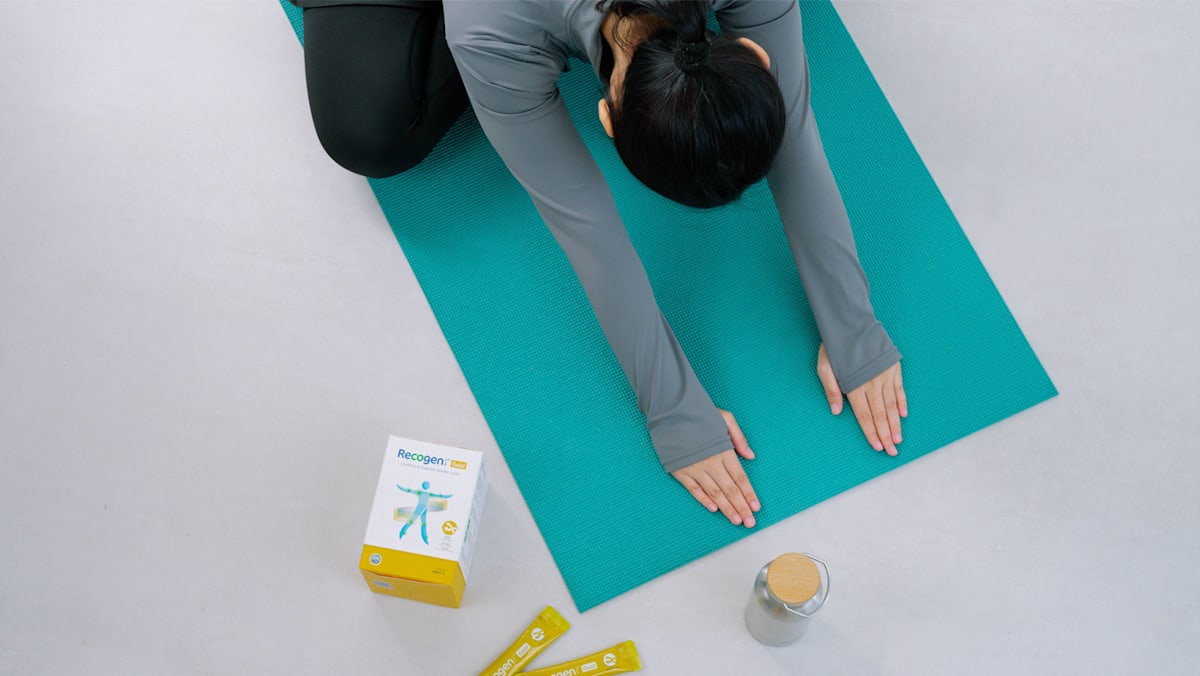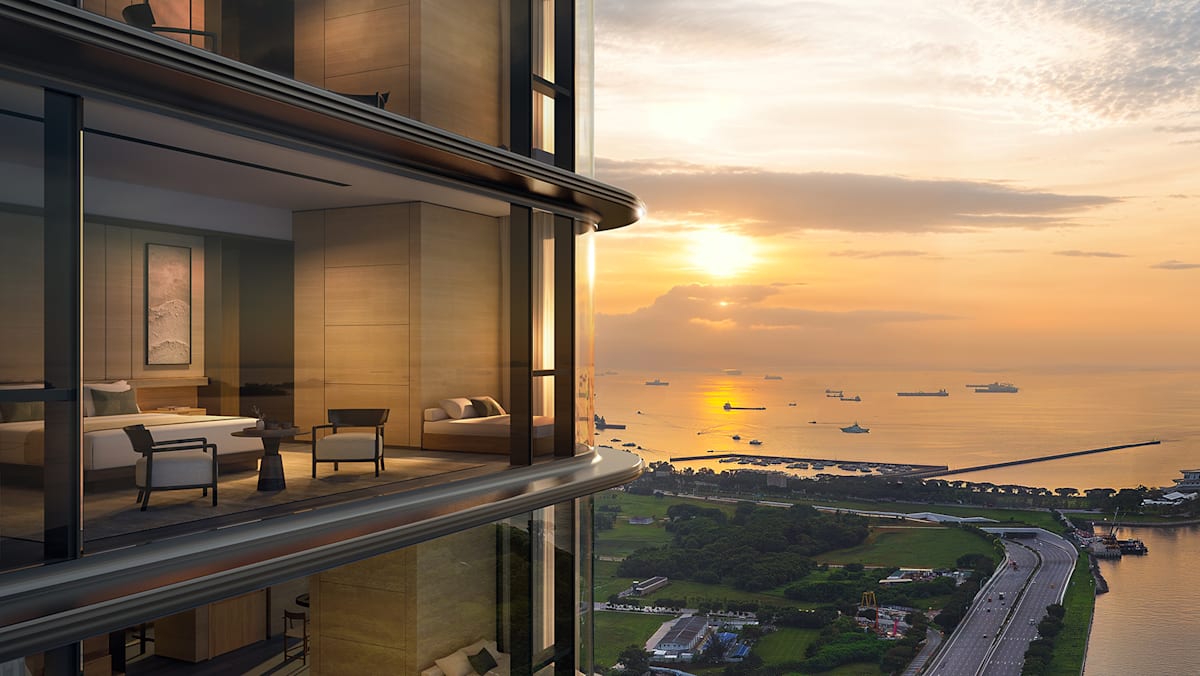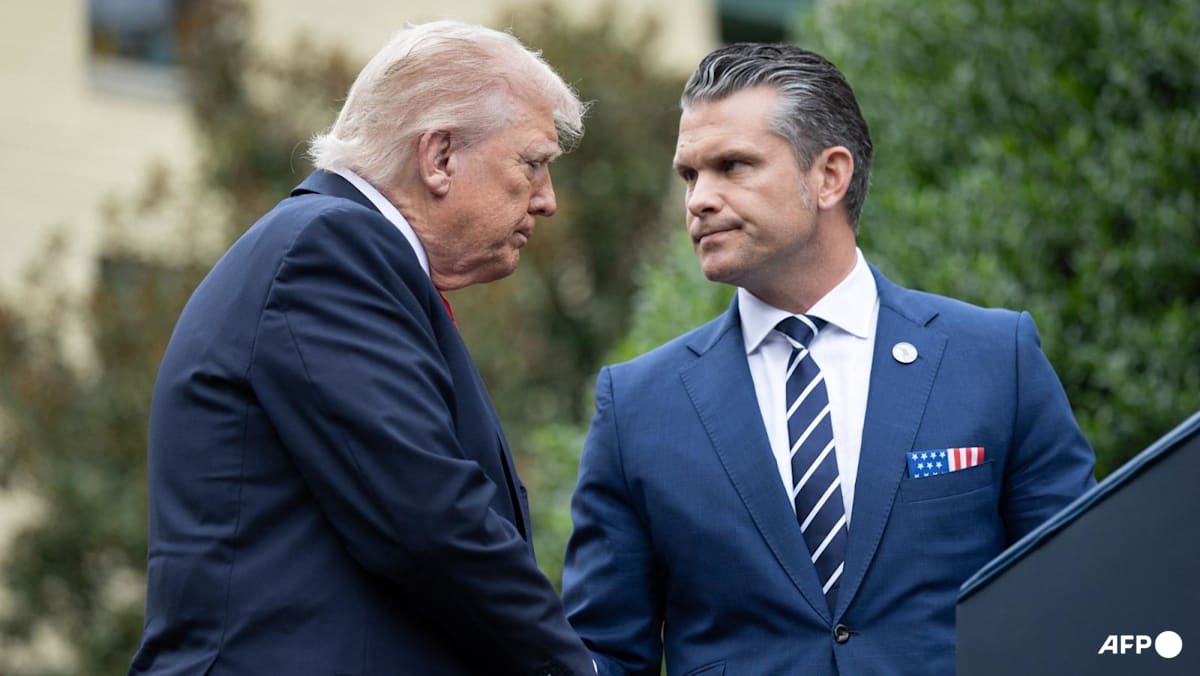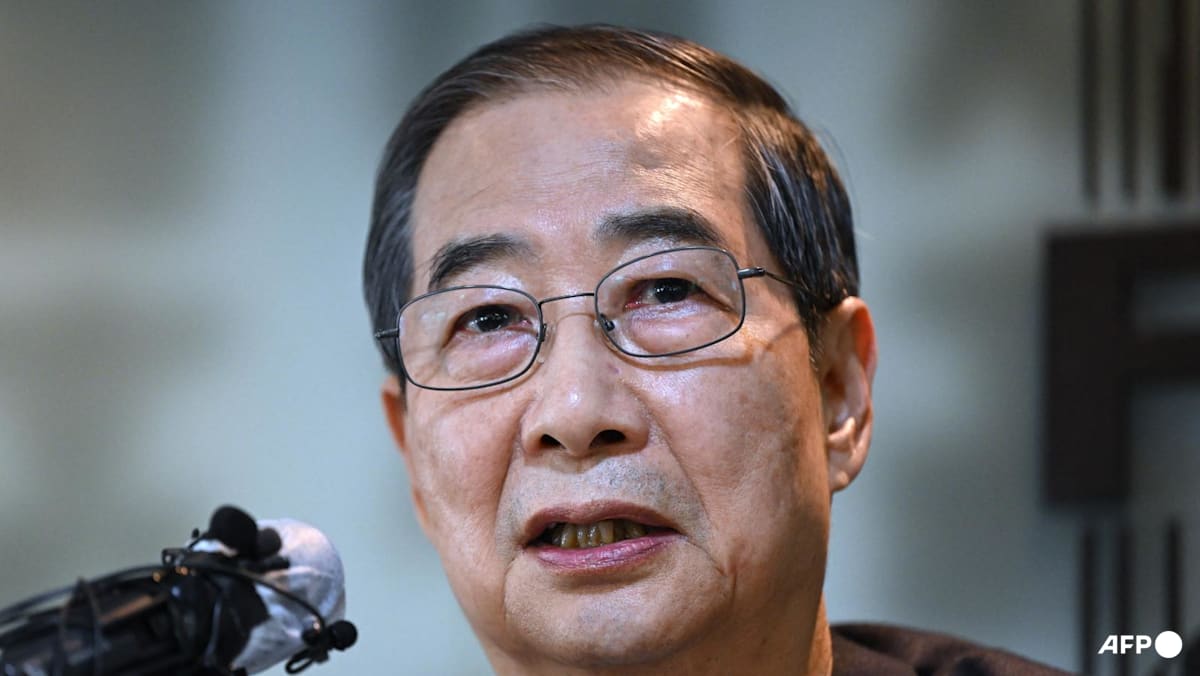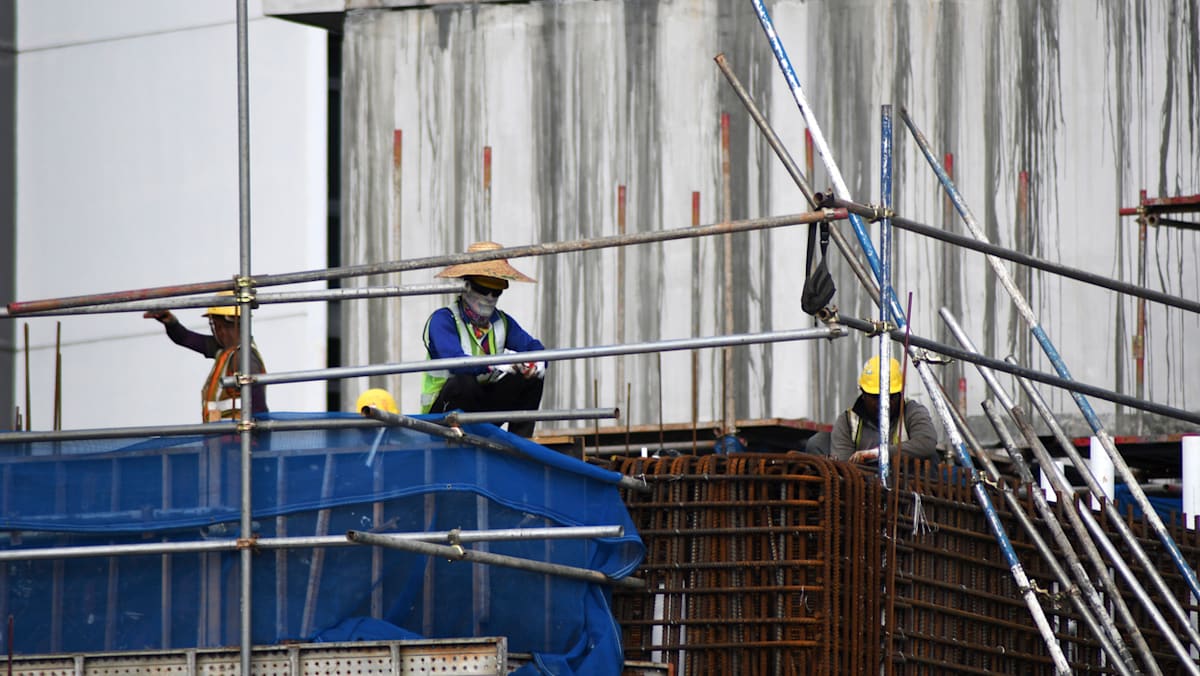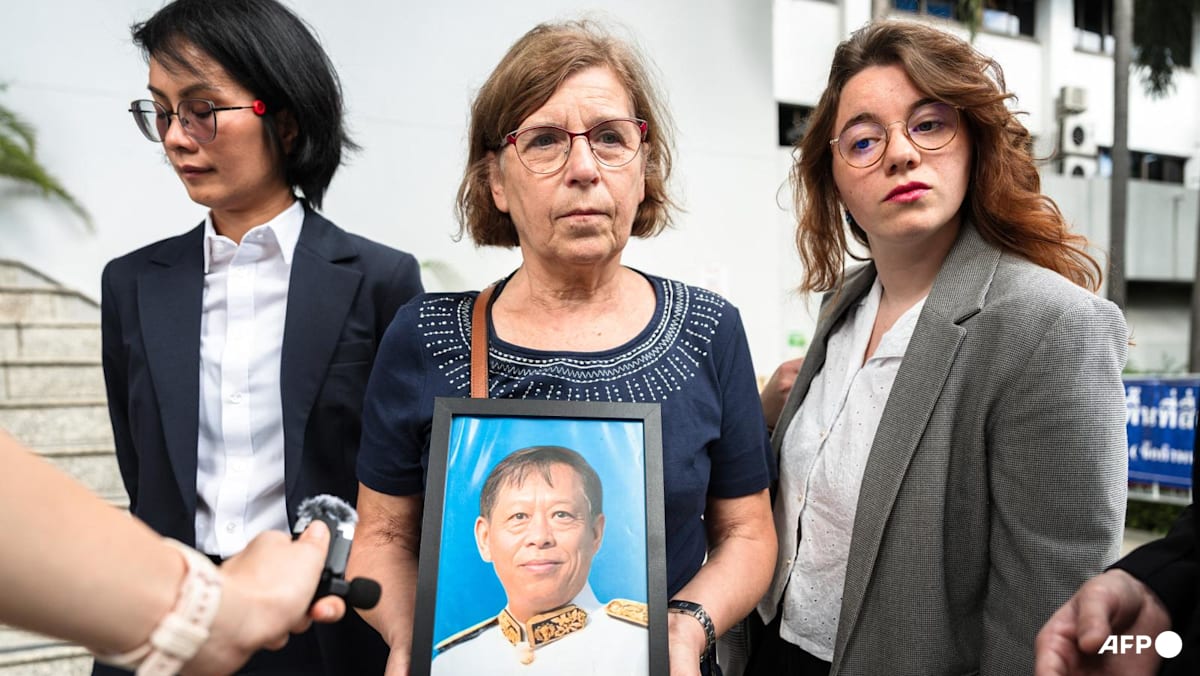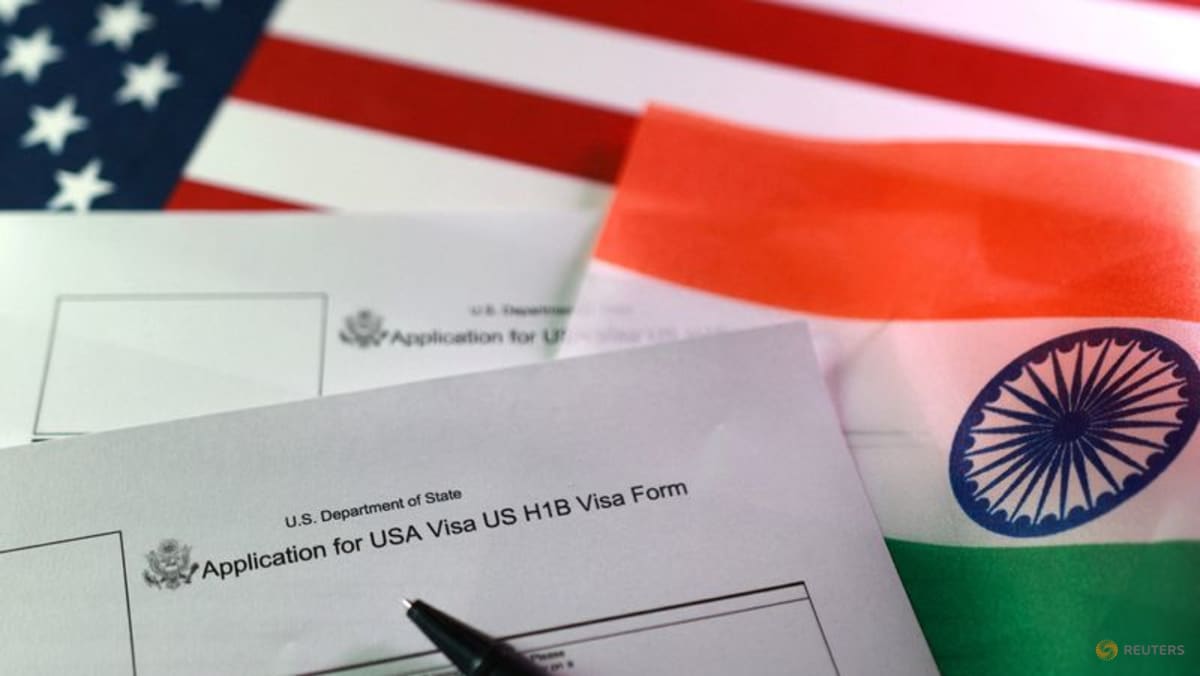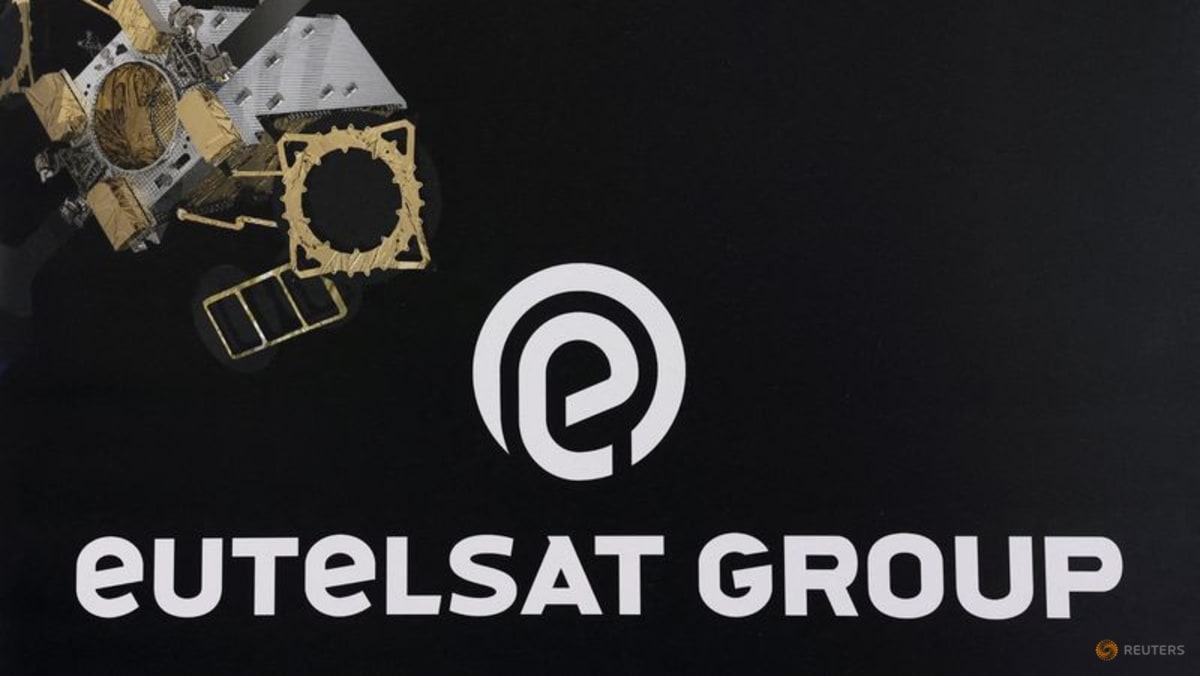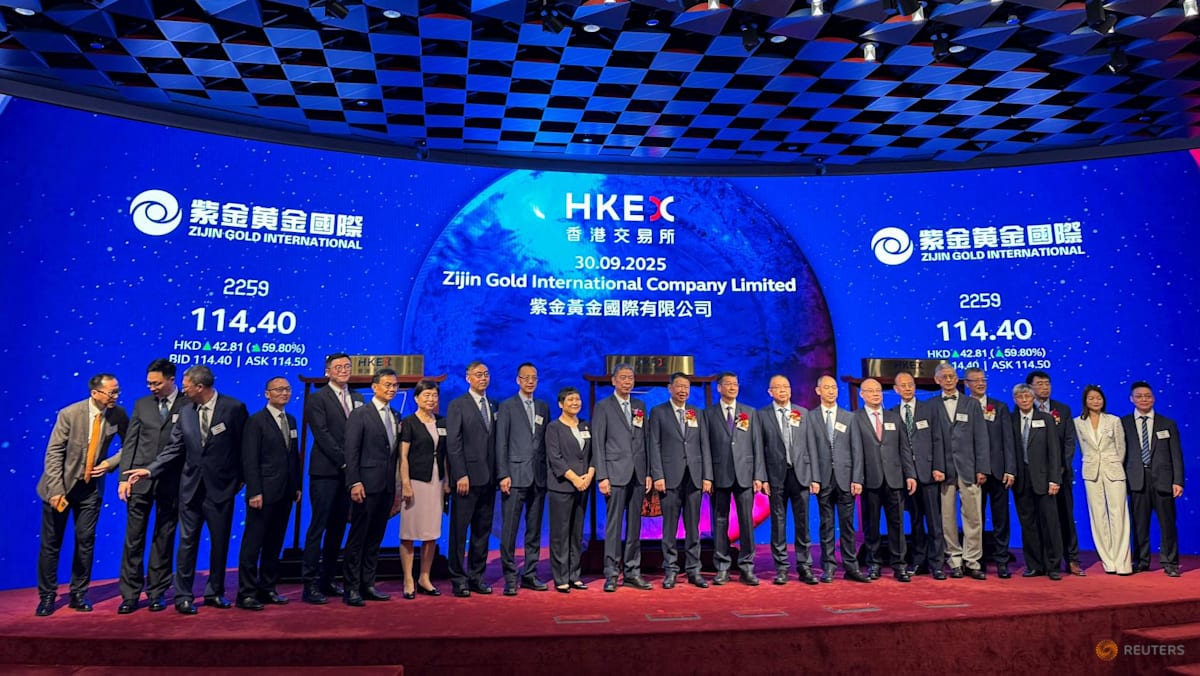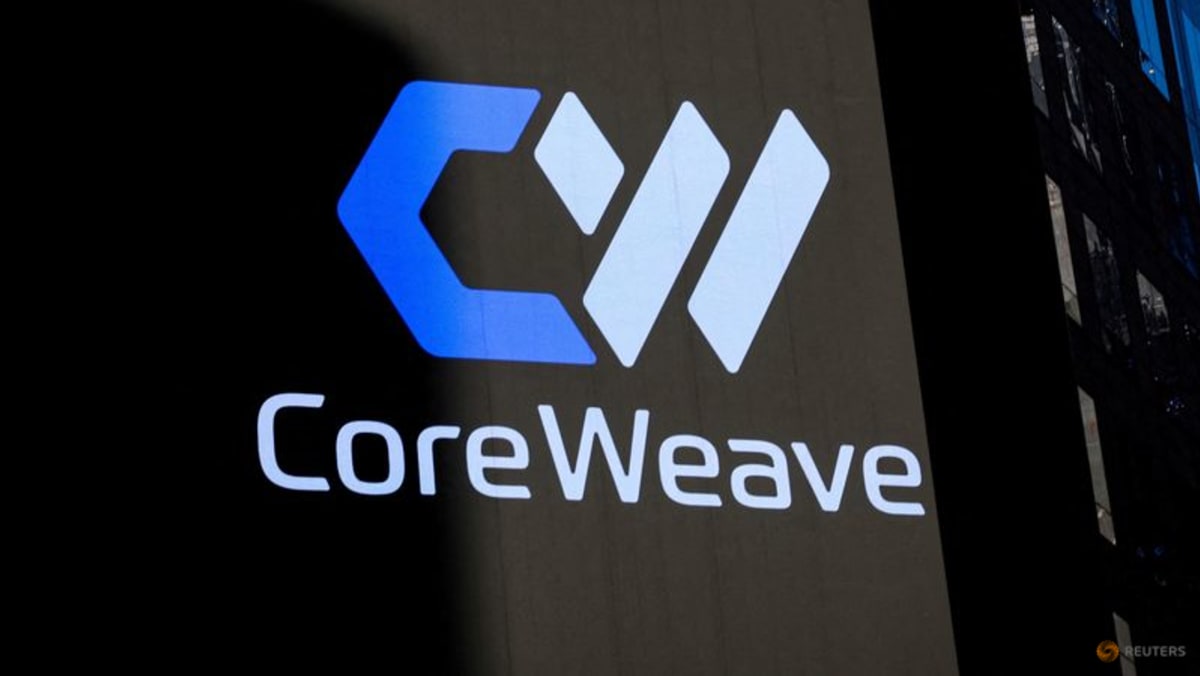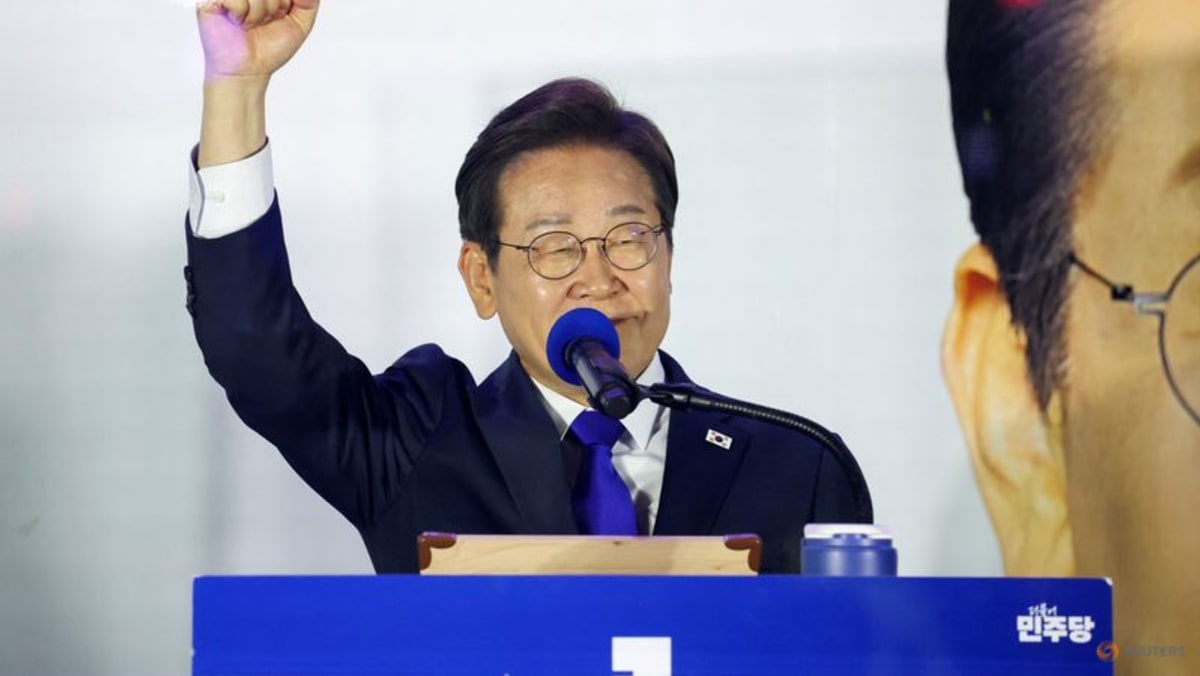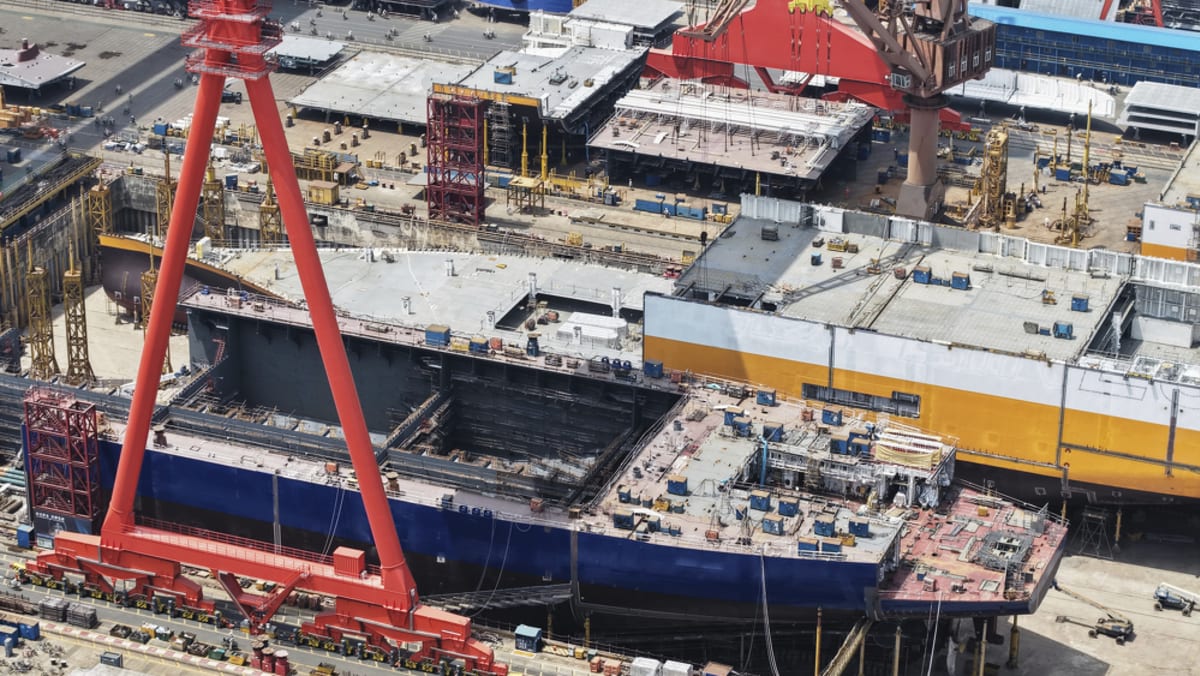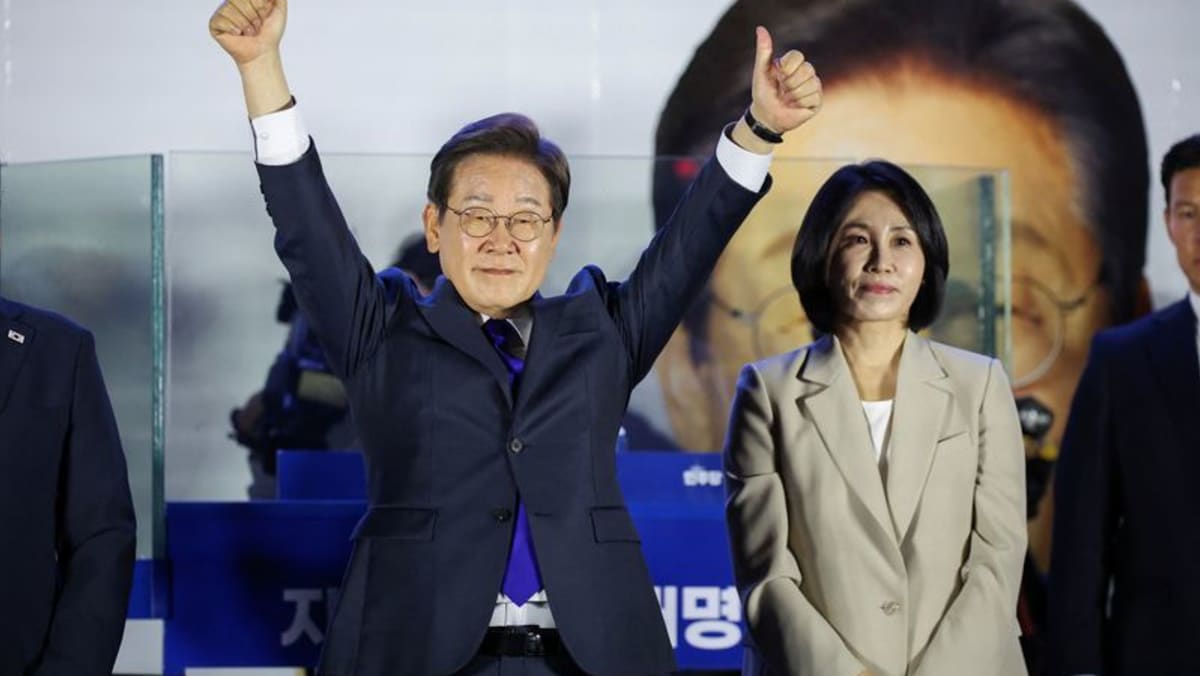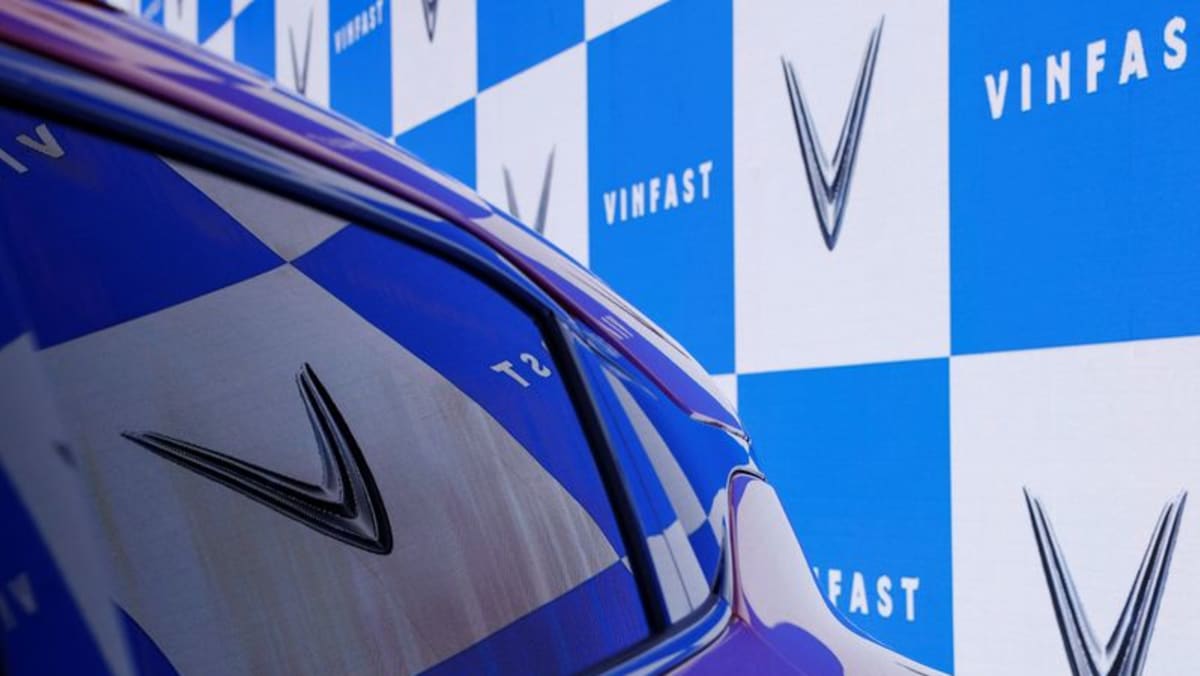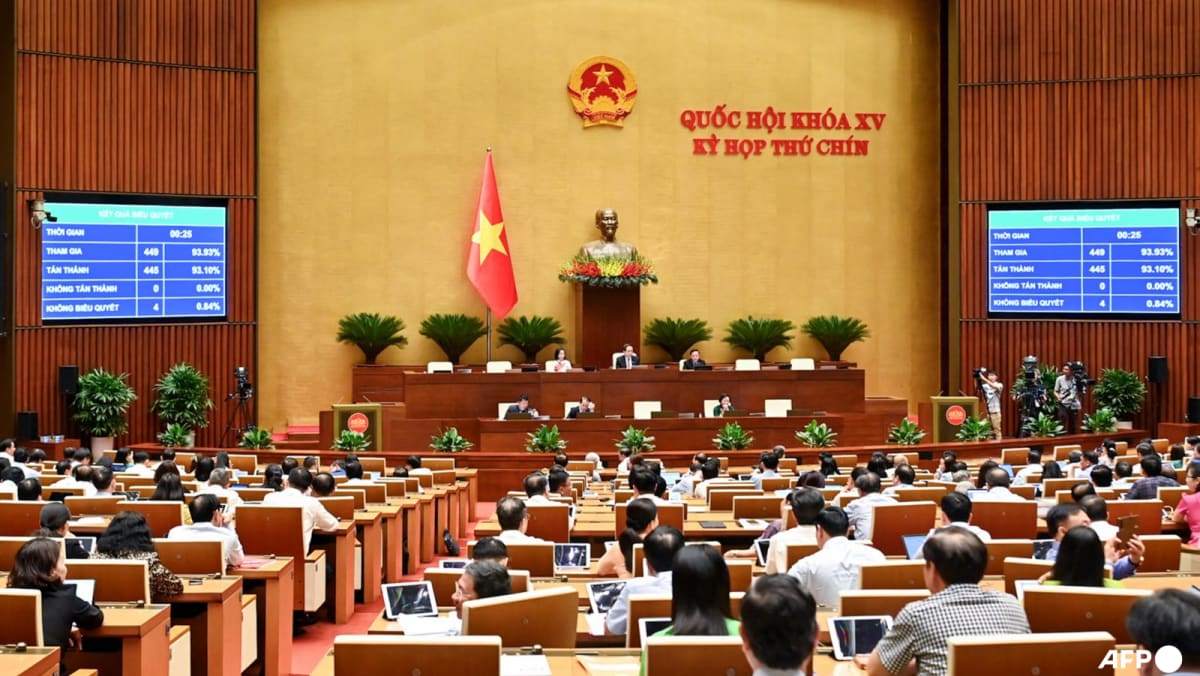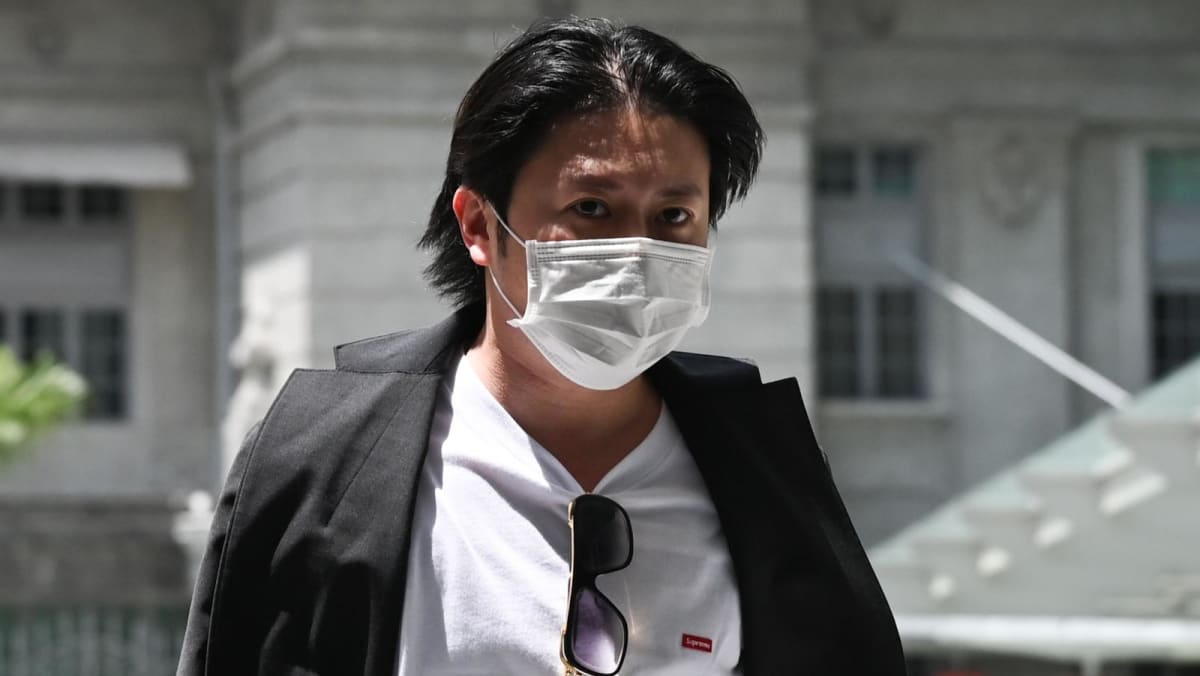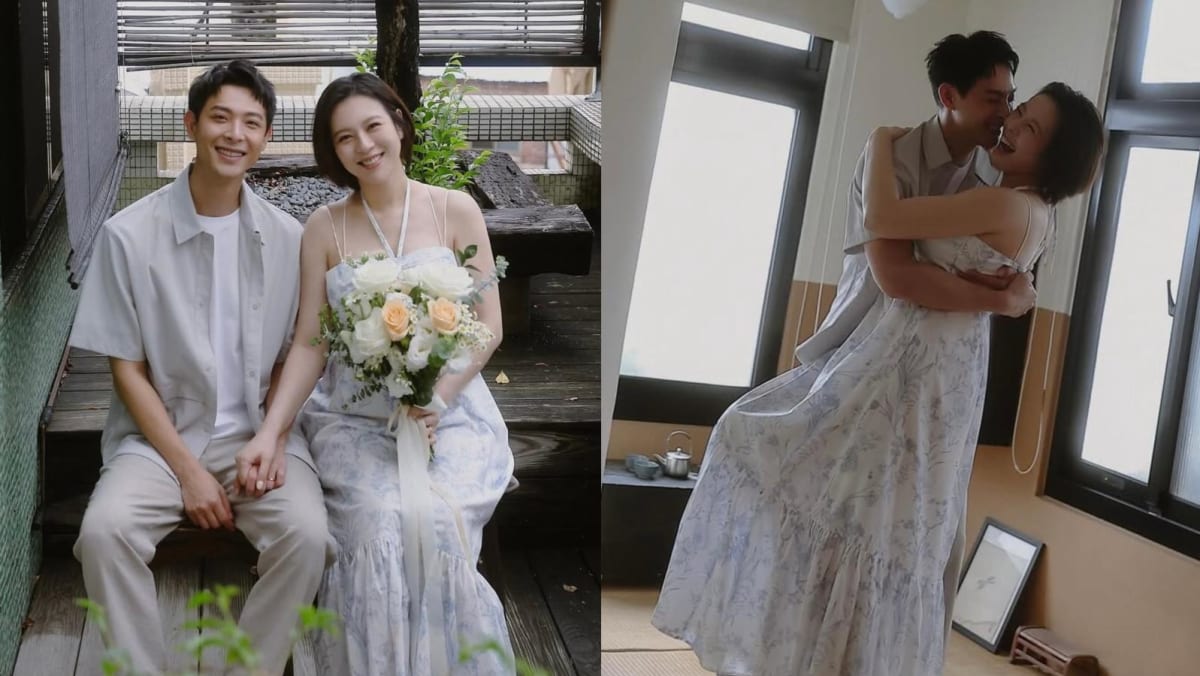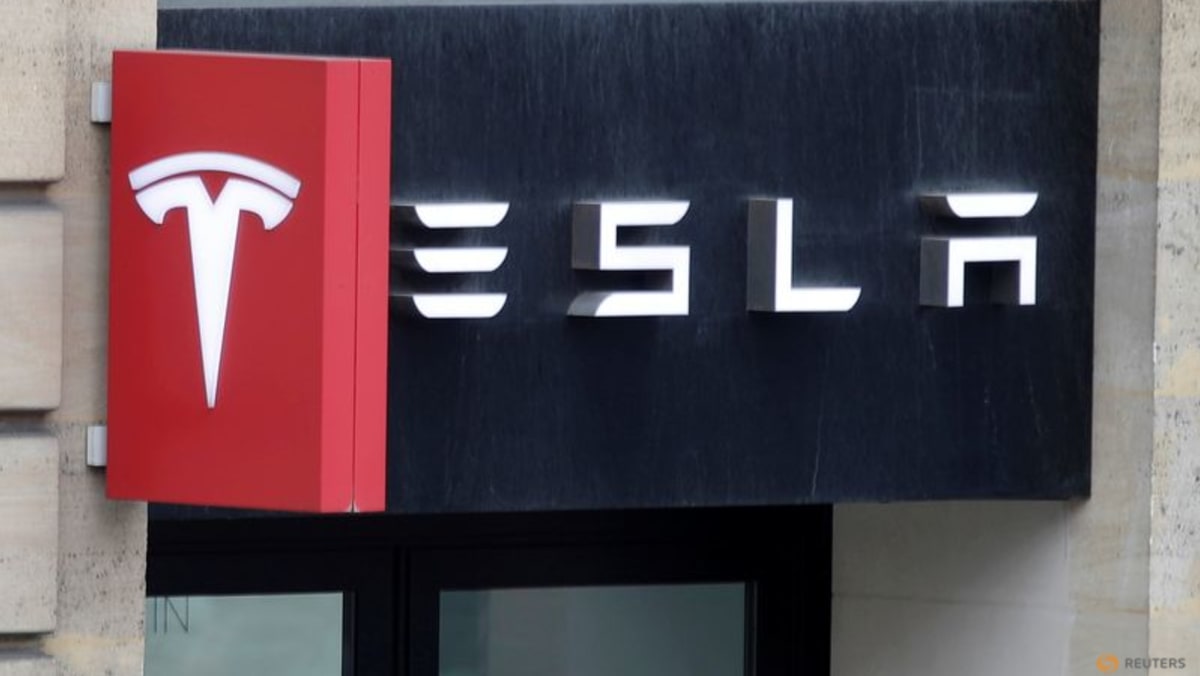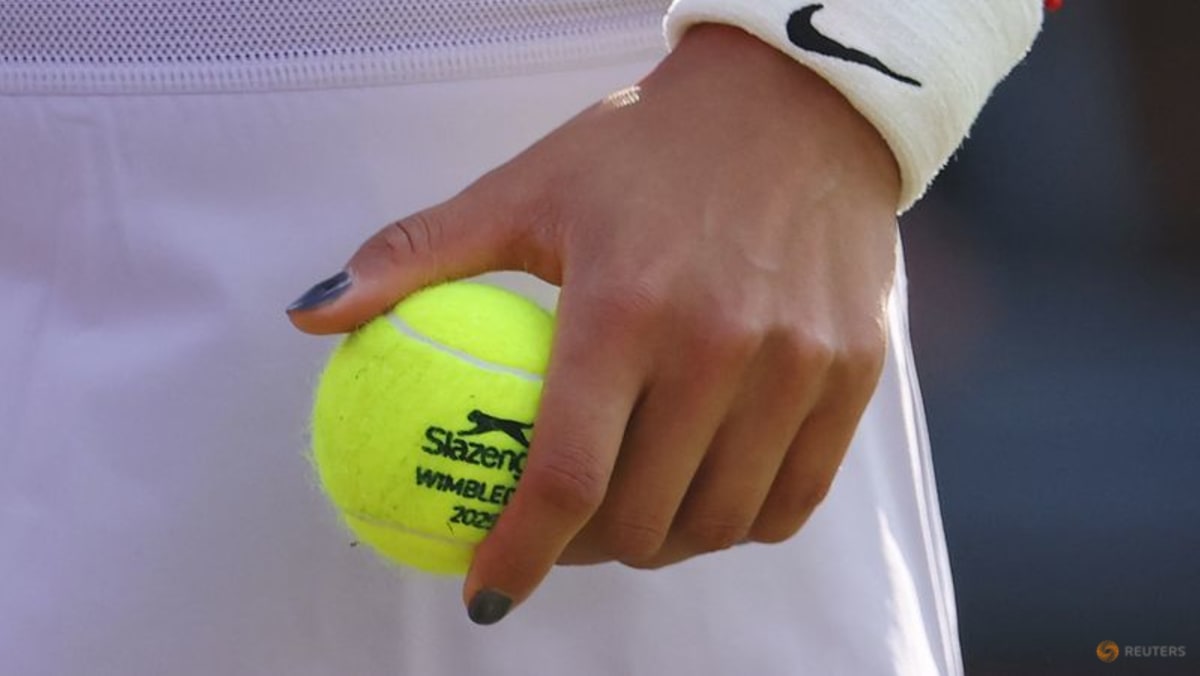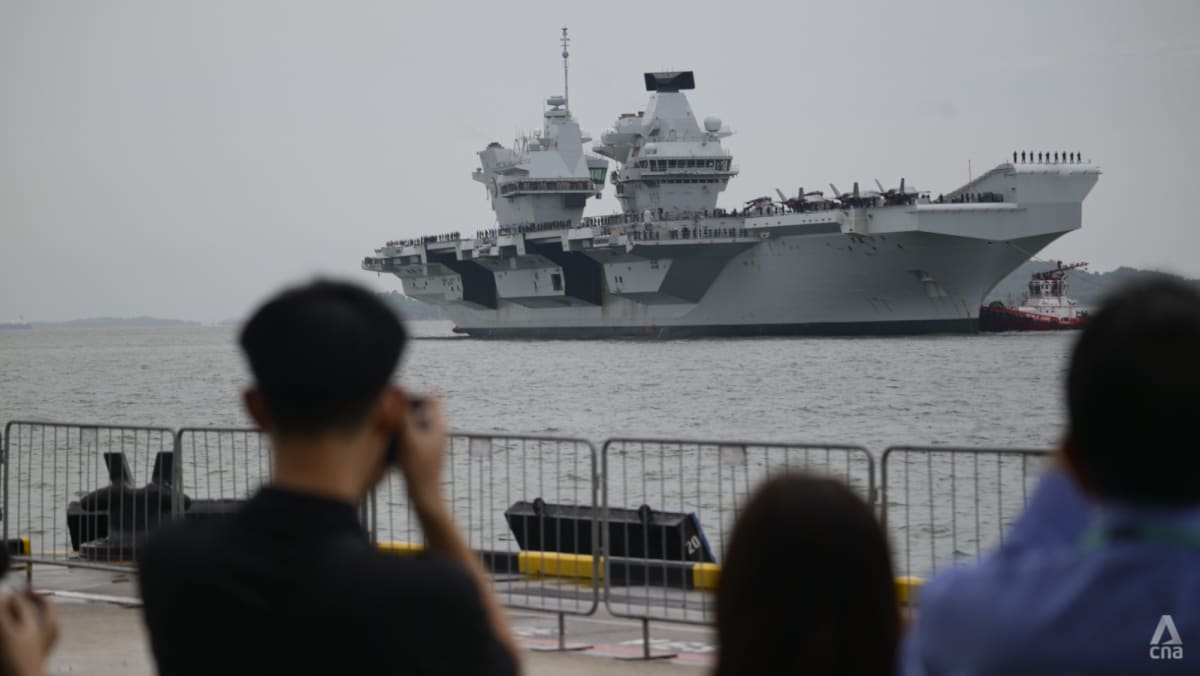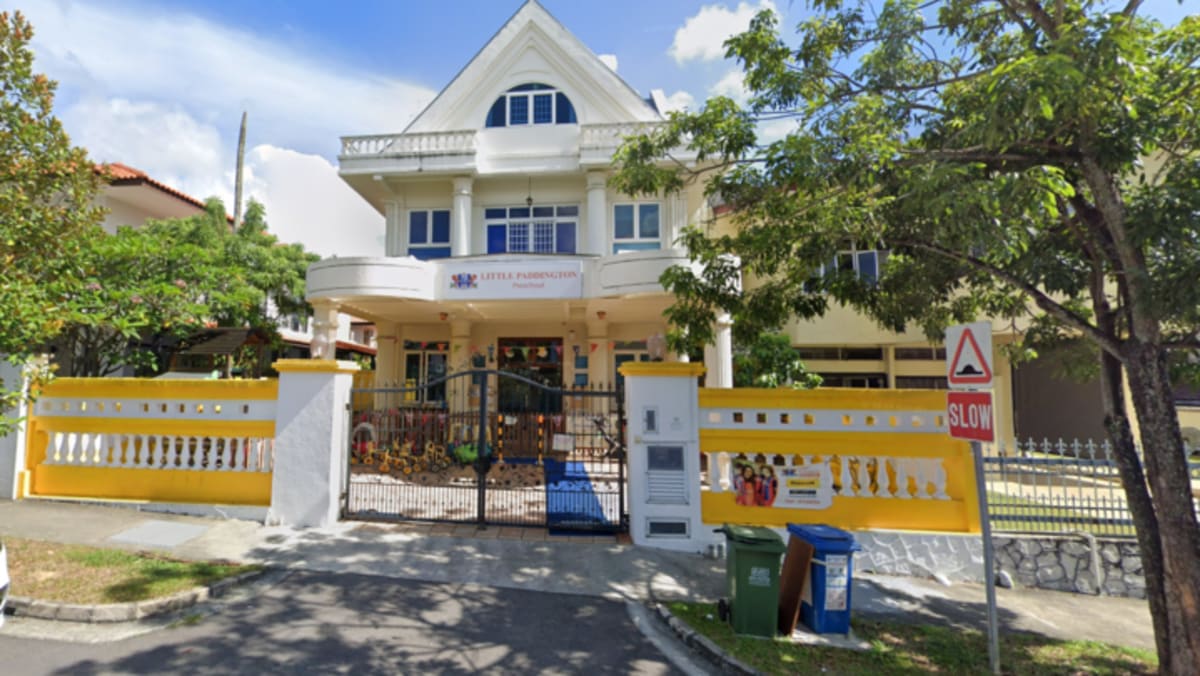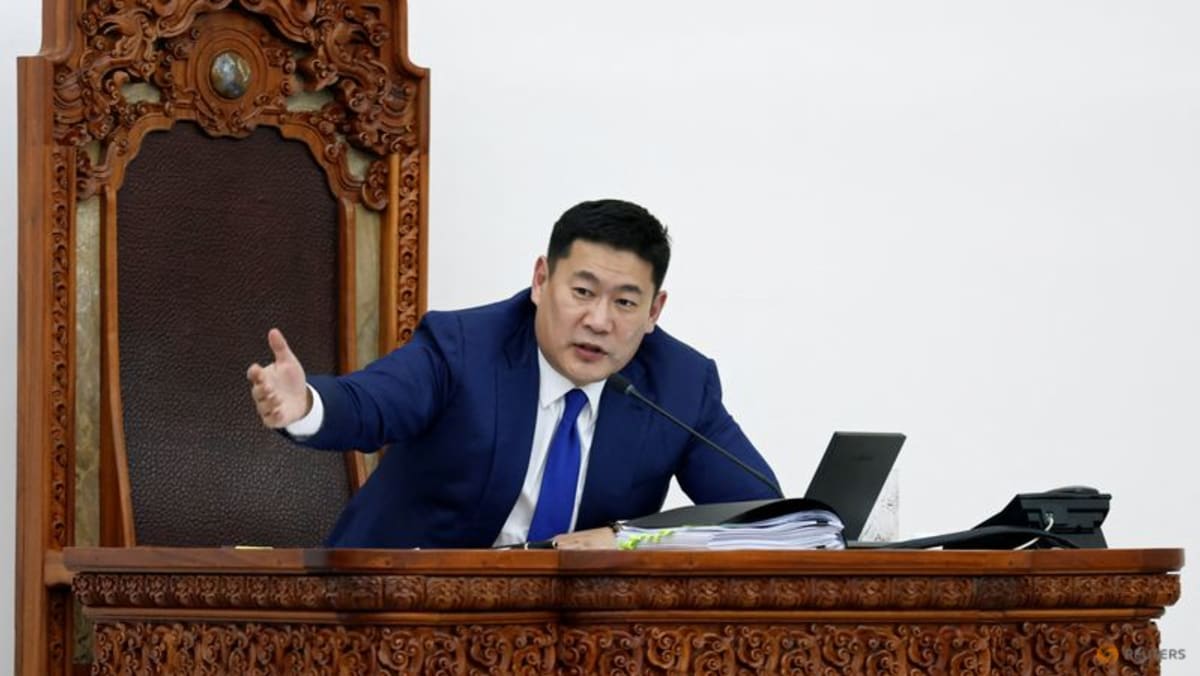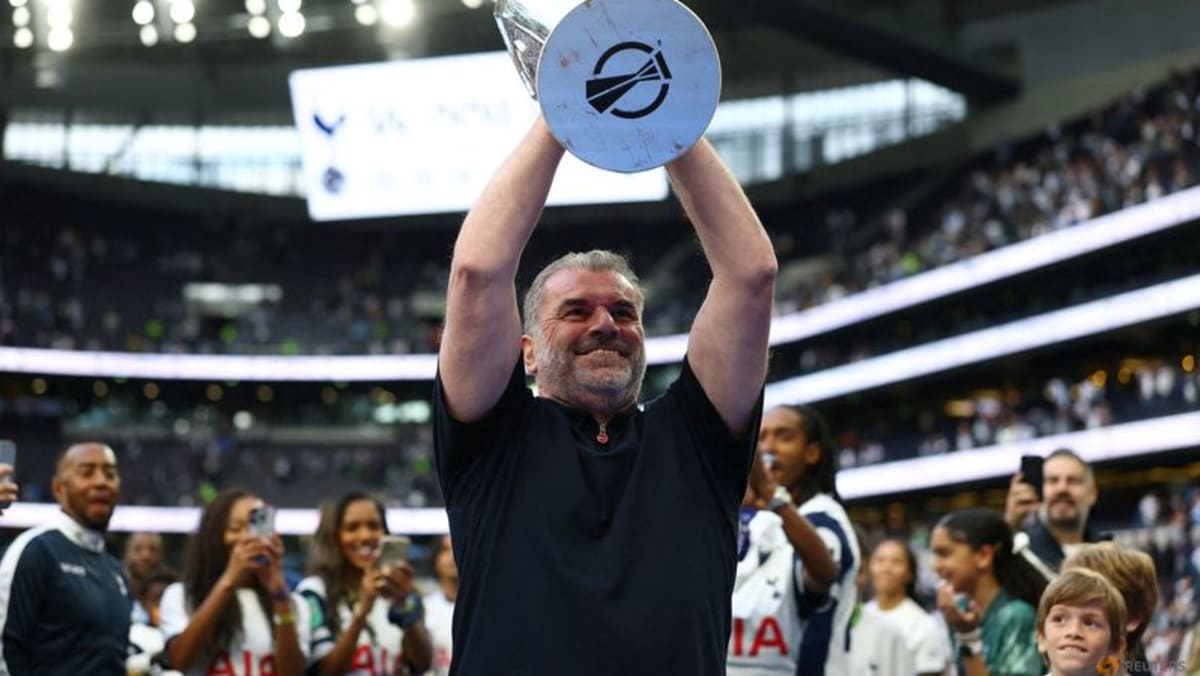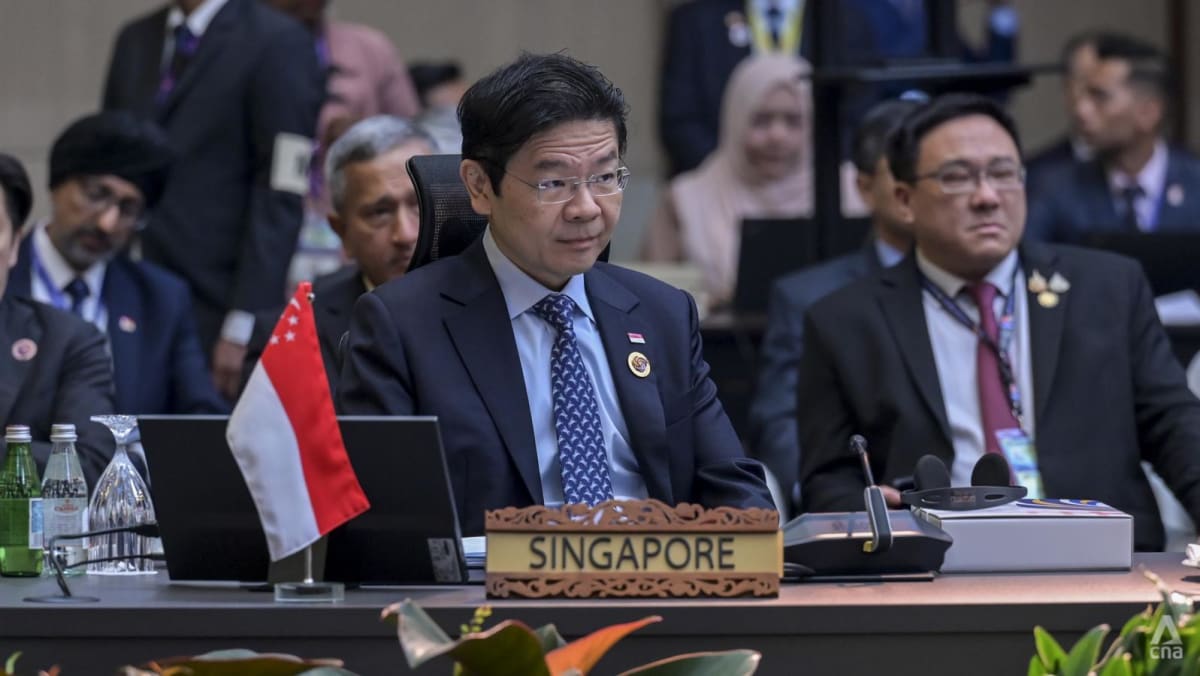Having larger suites is necessary to provide "the highest level of luxury service" in a new US$8 billion project at Marina Bay Sands, says Mr Patrick Dumont, president and chief operating officer of Las Vegas Sands.
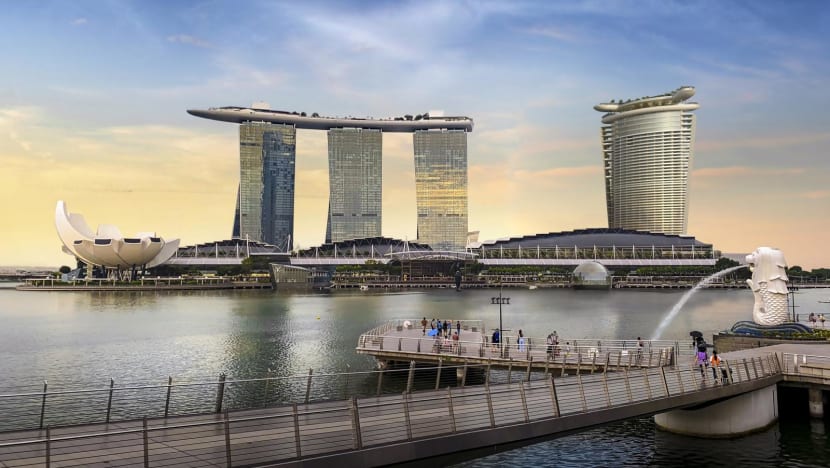
An artist's impression of the expanded Marina Bay Sands. (Image: Safdie Architects)
New: You can now listen to articles.

This audio is generated by an AI tool.
SINGAPORE: The upcoming expansion of Marina Bay Sands (MBS) integrated resort will feature bigger suites and more premium offerings in a bid to court affluent travellers seeking unique experiences.
“(We want to) create a brand-new development that is separate and distinct, that has amenities that we don't have today to offer tourists coming into Singapore,” said Mr Patrick Dumont, president and chief operating officer of Las Vegas Sands, which owns MBS.
The expansion project, which will add a fourth tower to what is now a recognisable part of Singapore's skyline, held its groundbreaking ceremony on Tuesday (Jul 15).
It has been billed as an “ultra-luxurious resort and entertainment destination”, to be built at an estimated total development cost of US$8 billion (S$10.3 million).
The expected completion date is June 2030, with an estimated official opening set for January 2031 subject to approval from the Singapore government.
IR2 – as the project is currently called – will include an all-suite hotel tower with 570 suites; a multi-storey rooftop experience with restaurants and gardens called “Skyloop”; a new gaming area; more premium retail, F&B and wellness offerings; as well as about 200,000 sq ft of meeting space.
A 15,000-seat entertainment arena will also sit beside the 55-storey hotel tower.
In an interview with CNA a day before the groundbreaking, Mr Dumont said the average suite size will be larger than what’s currently available in MBS, where suites range from 75 sq m to 600 sq m.
This is why the number of planned suites has had to come down significantly from about 1,000 when the expansion project was first announced in 2019, to a final count of 570.
“Our view is that scale is an attribute; that design is a very positive attribute for hospitality, and having the right spaces necessary to provide the highest level of luxury service is going to create a tremendous distinction for this property,” said Mr Dumont.
“So, we’re very focused on quality of the rooms, not the number of keys.”
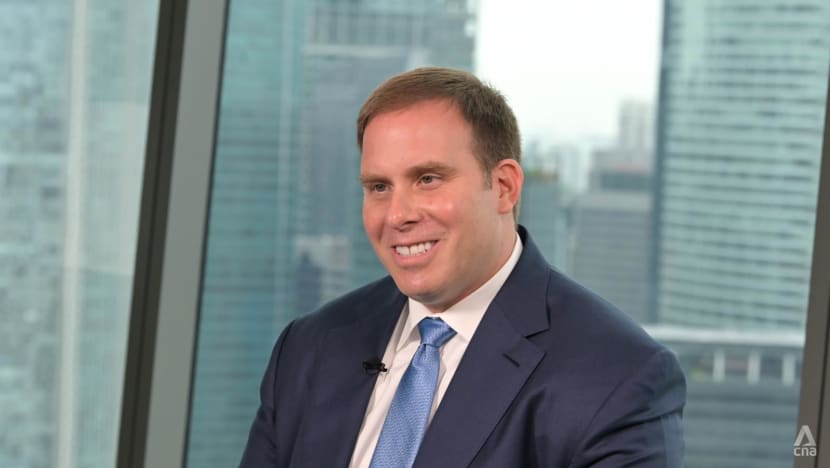 Las Vegas Sands President and Chief Operating Officer Patrick Dumont speaking about the new Marina Bay Sands tower on Jul 14, 2025. (Photo: CNA/Faith Ho)
Las Vegas Sands President and Chief Operating Officer Patrick Dumont speaking about the new Marina Bay Sands tower on Jul 14, 2025. (Photo: CNA/Faith Ho)
The new gaming area will be “much smaller” than the existing 15,000 sqm casino on MBS’ premises, said Mr Dumont.
MBS is currently allowed 16,000 sq m of approved gaming area in total. It has also exercised an option to deploy an extra 2,000 sq m, by paying the Singapore government US$1 billion in additional land premiums.
Asked if the firm was worried about regional competition from potentially bigger casinos in the works, such as Japan’s first such resort in Osaka Bay, Mr Dumont said MBS’ new gaming facility will be “enough to make sure that we have the amenities necessary to satisfy the high-value customers that are coming here to Singapore”.
He pointed to the premium dining and wellness options that will be on hand, and the 15,000-seat entertainment arena. The latter is being built to handle regional and international touring acts, concerts and large-scale live events – a space that will “create buzz for Singapore and drive more tourism to our property and to Singapore overall”.
“We are investing in other services necessary to create the unique experience for customers to feel like coming to experience this new destination,” he added.
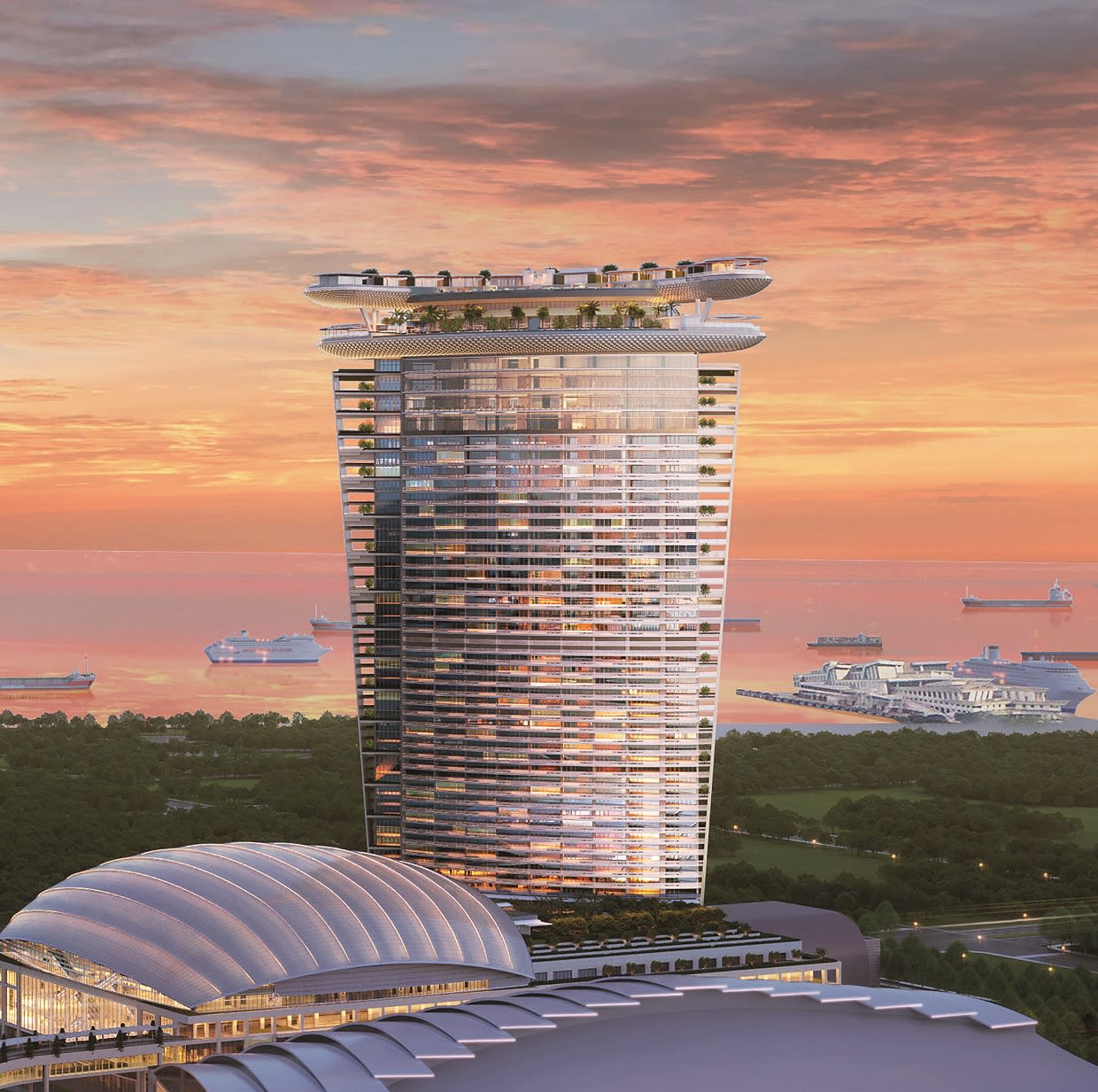 An artist's impression of the new 55-storey hotel tower and entertainment arena at Marina Bay Sands. (Image: Safdie Architects)
An artist's impression of the new 55-storey hotel tower and entertainment arena at Marina Bay Sands. (Image: Safdie Architects)
Integrated resort operator Las Vegas Sands said the move towards luxury comes as it sees growth in high-value tourism in recent years, after the end of the COVID-19 pandemic.
And one source is Southeast Asia with its growing young and affluent middle-class.
“In the last couple of years, young people have been very successful throughout Southeast Asia. There are a lot of very smart, motivated, business-minded entrepreneurs who ... want to experience travel,” said Mr Dumont.
Singapore has been the top choice for these travellers to “conduct business, and at the same time, have great leisure experiences with their families”.
“So, for us, it's investing in that future and that growth in Southeast Asia,” Mr Dumont said.
He observed that social media has also had a big impact on travel patterns.
“People want to go to unique places, experience things that are unique, and be able to share them with their friends and their family,” Mr Dumont told CNA.
“By creating something that's ultra-luxury – that has the highest level of design, the highest level of service – we'll be able to address that segment in a very competitive way.”
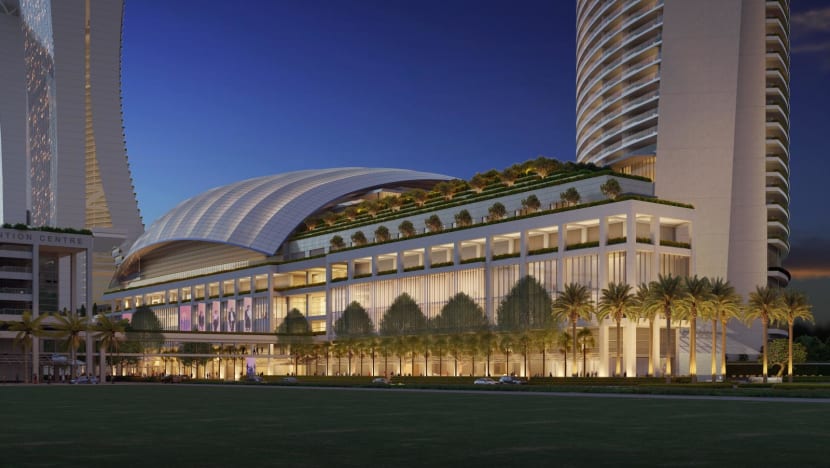 An artist's impression of the 15,000-seat entertainment arena that will be designed to host regional and international touring acts, concerts and large-scale live events. (Image: Marina Bay Sands/Safdie Architects)
An artist's impression of the 15,000-seat entertainment arena that will be designed to host regional and international touring acts, concerts and large-scale live events. (Image: Marina Bay Sands/Safdie Architects)
“VERY SUCCESSFUL” REFURBISHMENT
Efforts to woo high-end travellers to MBS are already underway, with a US$1.75 billion multi-year transformation.
When first announced in 2022, the plan was to usher in "a new era of luxury hospitality”. Apart from introducing new premium dining and retail offerings, it made the bold move to cut nearly a third of its hotel rooms, to make way for high-end suites.
MBS now has 1,850 rooms in total, down from 2,561 previously. The number of suites has gone up from 180 to 775.
New offerings include the lavish Paiza Collection suites located on high floors and paired with private, dedicated VIP arrival lifts, as well as 24-hour butler services. Prices for these suites range from S$2,300 to S$35,000 a night, based on a search on MBS’ website.
The biggest suites, which span 600 sq m with three to four bedrooms, are reserved on a by-invite-only basis for the hotel’s highest tier of guests.
Currently, it would seem MBS' bet on luxury has paid off.
In 2024, adjusted property earnings before interest, taxes, depreciation and amortisation exceeded US$2 billion for the first time.
Net revenue also touched a new high of US$4.2 billion, according to its annual report which described 2024 as a year of “exceptional” financial performance despite disruptions caused by renovations of hotel rooms and gaming spaces.
Hotel occupancy for the year stood at around 95 per cent.
Mr Dumont said MBS’ reinvestment programme was “very successful” and has bolstered the integrated resort operator’s confidence in its mega expansion project.
Asked if he was concerned about ongoing tariff-induced global economic uncertainties, he said Las Vegas Sands has its sights set on the long-term, and reiterated his belief that high-value tourism “will continue to grow”.
Since opening doors in 2010, MBS has welcomed more than 500 million visitors. Last year, it hosted a record-breaking 2,200 events which drew 1.2 million attendees.
The integrated resort has also been ramping up hiring. It now directly employs more than 12,000 people, up from over 11,000 last year.
This figure is set to increase further, although the firm said it was not yet ready to share estimates on the number of new jobs the fourth tower will create.
Still, MBS has not been spared from the challenges of rising labour costs and recruiting in a tight labour market here, Mr Dumont said.
“We have a few years to think about how we are going to accomplish it, and we intend to work with the government to make sure that we have the most efficient plan for getting the manpower necessary.”


